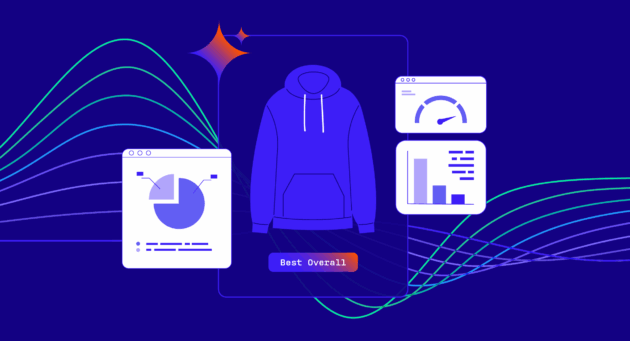Like each business, each marketing campaign is unique. Every marketer has a different vision of success. And that’s why establishing key performance indicators (KPIs) is so important when you launch a new campaign.
You can start by asking a few core questions: what is the focus of the business? Are you selling merchandise, trying to generate leads, or drive subscriptions?
Once you’ve established the KPIs that best fit your business, you can figure out what performance marketing KPIs make the most sense.
Measurement
There are two key performance indicators (KPIs) typically used when measuring performance on marketing channels:
Cost Per Sale (CPS): Campaign costs divided by number of post-click sales. CPS = Campaign costs/Number of post-click sales.
Return on Ad Spend (ROAS): Basically the inverse of COS, ROAS is the return on advertising spend used to measure the effectiveness of online marketing campaigns. This metric shows how much gross revenue is realized for every dollar spent on advertising (dollars sold / dollar spent). For retailers looking to improve performance, learning how to increase ROAS can be crucial in optimizing campaign strategies and maximizing returns.
For retailers with fixed margins and overhead, it may be most useful to use a COS/ROAS target, as this allows you to measure the campaign costs against the revenue generated by the products sold.”
Secondary KPIs
After you’ve established your primary KPIs, you can consider some additional KPIs that marketers commonly use to measure campaign effectiveness. Some are used to measure awareness while others for performance:
Awareness metrics:
Reach: The percentage of your audience your campaign is influencing.
Cost Per Thousand Impressions (CPM): A standard reporting metric and pricing model for digital advertising. If you buy 10,000 impressions at a $2.00 CPM, it would cost $20.
Clicks: The number of clicks on your ad.
Click-Through Rate (CTR): The percentage of users who clicked your ad from the total impressions. If you had 1000 impressions and 10 clicks, your CTR is 1%.
Performance Metrics:
Conversion Rate (CR): The rate at which buyers or leads convert to the next stage, whether through a purchase or a subscription.
Click-Through Conversion Rate (CTC%): The percentage of users who see your ad, click, and convert.
View-Through Conversion Rate (VTC%): The percentage of users that see your ad, do not click, but return later to your site to convert.
Efficiency vs. Scale
These KPIs shouldn’t be measured in a vacuum. Your number one focus as a digital marketer should be managing cost, but if your budget is too low, you may not see any results from your campaign.
That’s what we call “efficiency vs. scale.”
A campaign that walks the line between scale and efficiency is the best campaign you can run. You need to look at a variety of factors, including operational costs, margins, shipping costs, and many others, to come up with a realistic ROI goal — one that will enable you to get in front of as many high-value users as possible with the right ad at the right time.
Establishing Attribution
When it comes to retargeting campaigns, click-through attribution provides a clear indication of an ad’s impact on the final sale. The next piece of the puzzle is figuring out to look at progress to those goals. Basically: which marketing activities will count towards the goal you set?
With view-through attribution, sales for a product you advertised may increase during the associated ad campaign, but seeing an ad doesn’t indicate purchase intent as much as clicks to sales.
While impressions do play a role in the buyer’s journey, relying too heavily on them may inflate the impact those impressions had on conversions.
At Criteo, we optimize towards Post-Click metrics because a click is a clear indicator that the ad was seen and helped influence the shopper. We use a default 30-day post-click attribution, meaning a sale that occurs within 30 days of a shopper clicking on a banner will be counted towards your goal.
The Pretzel-Shaped Purchase Journey
The purchasing journey is pretzel-shaped. People interact in roundabout ways with your product and brand via social media, mobile apps, video and offline.
It’s hard to break through the digital noise today, too. That’s why personalization is the foundation for any marketing campaign.
By optimizing your retargeting campaign and running ads across every different channel – and building a comprehensive attribution model – you can ensure that personalized, omnichannel experience for every individual shopper.
















